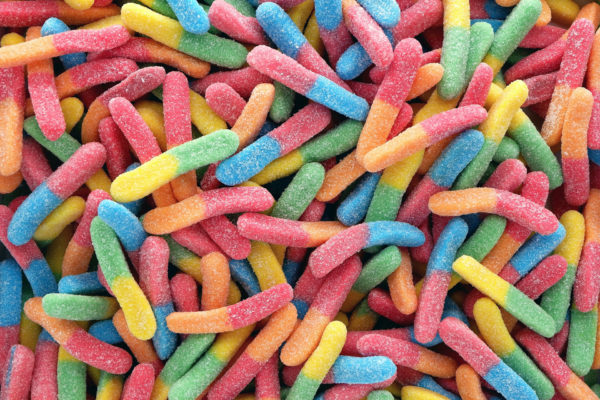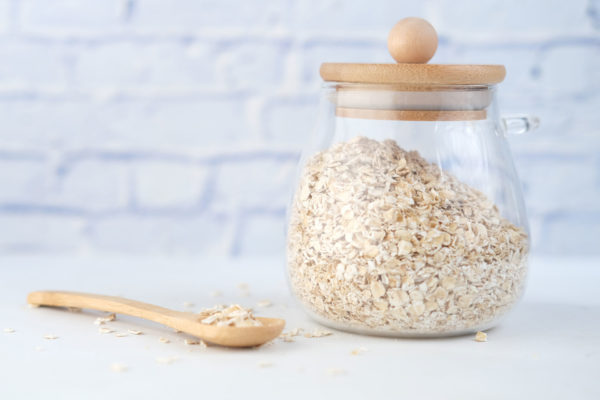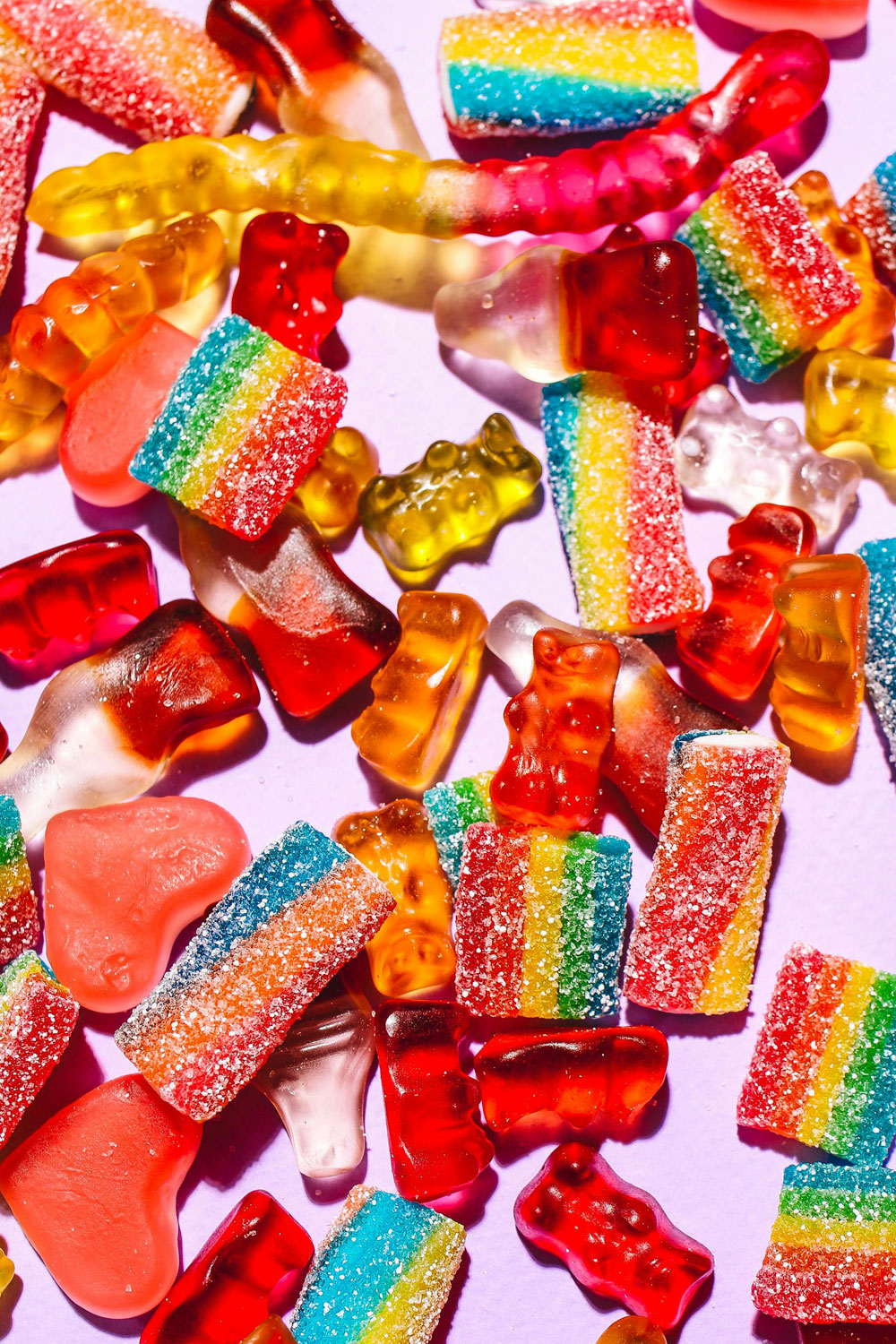
A Dietician’s Guide To Reducing Your UPF Intake
By
9 months ago
Simple swaps to make a big difference
Ultra-processed foods (UPFs) have been one of the biggest topics in the health space over the past few years. A spate of studies have highlighted the harmful effects of over-consumption, as well as showcasing how addictive these foods can be, triggering a global conversation about the need for cutting down. The latest piece of research to hit the headlines has found that two-thirds of young people get their daily calories from ultra-processed foods, while a recent survey of 5,000 UK adults saw one in six saying they were addicted to UPFs. So just how can we break the habit?
In her new book, How Not to Eat Ultra-Processed, dietician Nichola Ludlam-Raine – who has over 15 years of clinical experience working for the NHS – offers a four-week plan for reducing your UPF intake. She debunks the myths surrounding the subject, which in many ways remains riddled with confusion, and shares practical ways to make small but meaningful changes to your diet. Below, she shares some of her guidance with C&TH.
How To Cut Down On Ultra-Processed Foods
How can ultra-processed foods be defined?
Ultra-processed foods (UPFs) are industrial formulations containing multiple ingredients, including those not commonly found in a home kitchen. These substances may include preservatives, thickeners, sweeteners, colourings, artificial flavourings, and emulsifiers. UPFs are designed to be convenient, palatable, and highly appealing, often leading to overconsumption.
‘UPFs’ is a fairly recent term, first coined in 2009 when researchers at the University of São Paulo, Brazil, proposed a new classification framework, known as NOVA, for grouping foods based on the extent of their processing. The NOVA system comprises four different levels, with UPFs sitting in level 4. Although useful as a population-level tool for global organisations and governments who need to assess diets, the NOVA system wasn’t designed to categorise individual foods as ʼhealthyʼ or ʼunhealthyʼ.
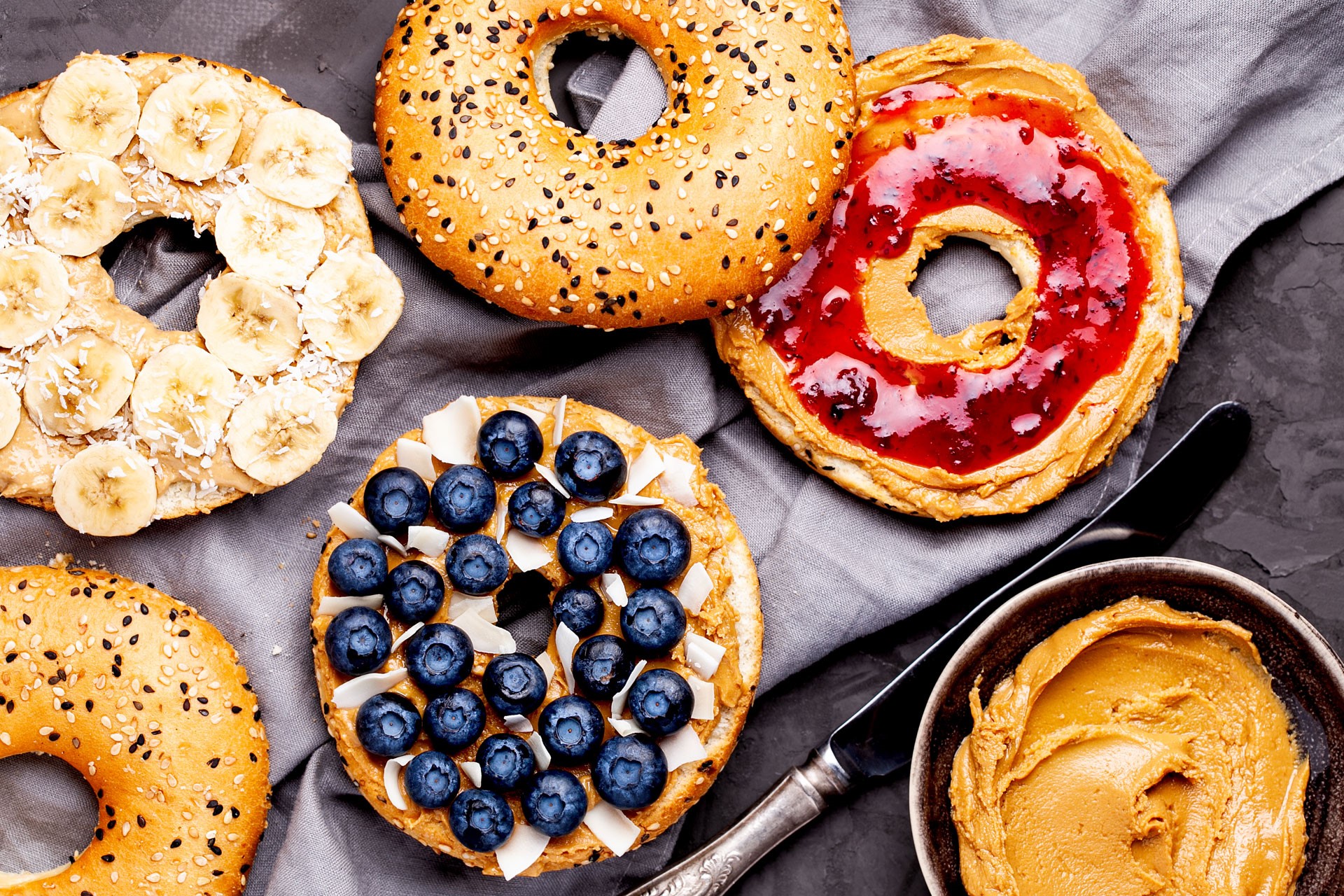
Getty Images
What is the difference between processed and ultra-processed foods?
Processed foods are those that have been altered in some way from their natural state through methods such as drying, canning, freezing, refrigeration, or fermentation. Examples include tinned vegetables and tinned beans, cheese, and bread. Ultra-processed foods, on the other hand, undergo multiple processing steps and contain numerous added ingredients. Examples include sugary fizzy drinks, biscuits, packaged snacks, instant noodles, and reconstituted meat products.
As with both processed and ultra-processed foods, though, their level of processing alone does not tell us about the nutritional makeup of the food, i.e. the balance of macronutrients (carbohydrates, protein, healthy fats and fibre) as well as micronutrients (vitamins and minerals) that they provide. This is why we cannot simply classify one type of food as ‘goodʼ and one as ‘badʼ when it comes to health, as it’s the portion size and frequency in which we eat all foods that matters.
What are some of the harmful effects of eating too many UPFs?
Consuming a diet high in UPFs (80 percent or more) has been associated with several negative health outcomes including:
- Obesity: UPFs are often have a high energy density and are high in sugar, and (unhealthy) fat content that in excess can contribute to weight gain.
- Metabolic disorders: The research shows an increased risk of type 2 diabetes, hypertension (high blood pressure), and high cholesterol.
- Cardiovascular diseases: High intake of unhealthy fats, sugars, and salt can lead to heart disease.
- Poor nutritional quality: UPFs often lack essential nutrients and fibre, leading to nutritional deficiencies. This is because whole-foods (such as fruits and vegetables) are lacking in diets that are high in UPFs.
- Increased mortality risk: Studies suggest a correlation between high UPF consumption and increased risk of all-cause mortality.
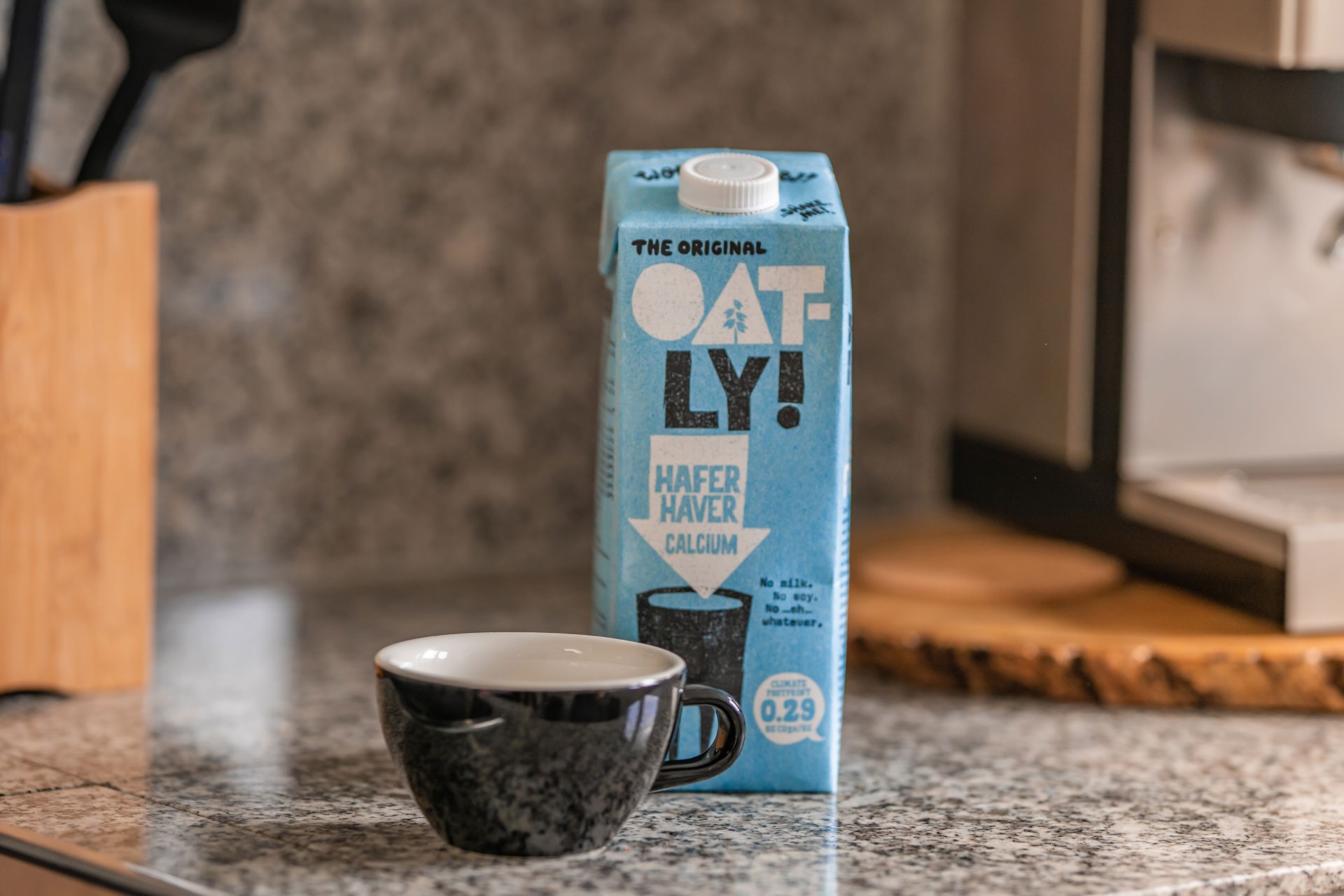
Unsplash
Are all ultra-processed foods bad for us?
Not all UPFs are harmful. Some high fibre and fortified foods, such as whole grain breakfast cereals or plant-based milks, as well as those based on plants, can provide essential nutrients, and may not be associated with negative health outcomes. However, it’s generally advisable to minimise UPF intake due to their often overall lower nutritional quality and higher content of additives.
How bad is processed meat for our bodies?
Processed (red) meats, such as sausages, bacon, gammon and ham, are associated with several health risks including cancer. They are classified as Group 1 carcinogens by the World Health Organisation, meaning there’s strong evidence they can cause cancer, particularly colorectal cancer, and also heart disease – processed red meats are often high in saturated fats and salt, which in excess can contribute to cardiovascular problems.
The World Cancer Research Fund (WCRF) suggests limiting red and processed meat intake to no more than around three portions per week, equivalent to about 350-500 grams of cooked weight. If you choose to consume red or processed meat daily, aim to limit your intake to no more than 70 grams per day. This approach helps stay within the recommended weekly limits.
Tips for moderation:
- Choose lean cuts of red meat, e.g. 5 percent fat mince (or drain the fat away at home).
- Portion control: Be mindful of portion sizes. A serving size is generally considered to be about 70g of cooked meat, roughly the size of a deck of cards.
- Variety of proteins: Include other protein sources in your diet, such as poultry, fish, legumes, nuts, and seeds.
- Cooking methods: Use healthier cooking methods such as grilling instead of frying.
- Plant-based meals: iIncorporate more plant-based meals into your diet to reduce red meat consumption.
What about fake meat?
Fake meats, or plant-based meat substitutes, can vary widely in their nutritional profiles. On the plus side, they are often lower in saturated fat in comparison to animal meat. But on the downside, many contain high levels of sodium (salt) and added preservatives. Too much salt is linked to high blood pressure which isnʼt good for health, particularly heart health. The nutritional content will vary significantly depending on the brand and ingredients used.
How can we recognize UPFs in shops?
UPFs can be identified by their:
- Long ingredient lists: Typically containing many additives (E numbers), such as emulsifiers preservatives, colourings, and artificial flavourings.
- Packaging: Often highly packaged and marketed for convenience.
- Nutritional labels: They may be high in added sugars, unhealthy fats, and sodium (salt).
How addictive are UPFs?
UPFs can be perceived as being addictive due to their engineered palatability and high content of sugar, fat, and salt. These ingredients can trigger the brain’s reward system, leading to cravings and overconsumption.
Top tips for cutting down our intake?
- Read labels: Choose products with fewer ingredients and minimal additives.
- Cook at home: Prepare meals from whole, unprocessed ingredients. Remember the motto ‘cook once, eat twiceʼ to help out your future self.
- Plan meals: Avoid reliance on convenience foods by planning your meals and snacks for the week ahead.
- Stay hydrated: Drink water instead of sugary beverages (as well as tea and coffee).
- Increase whole foods: Incorporate more fruits, vegetables, whole grains, and lean proteins. The more (natural) colour, the better!
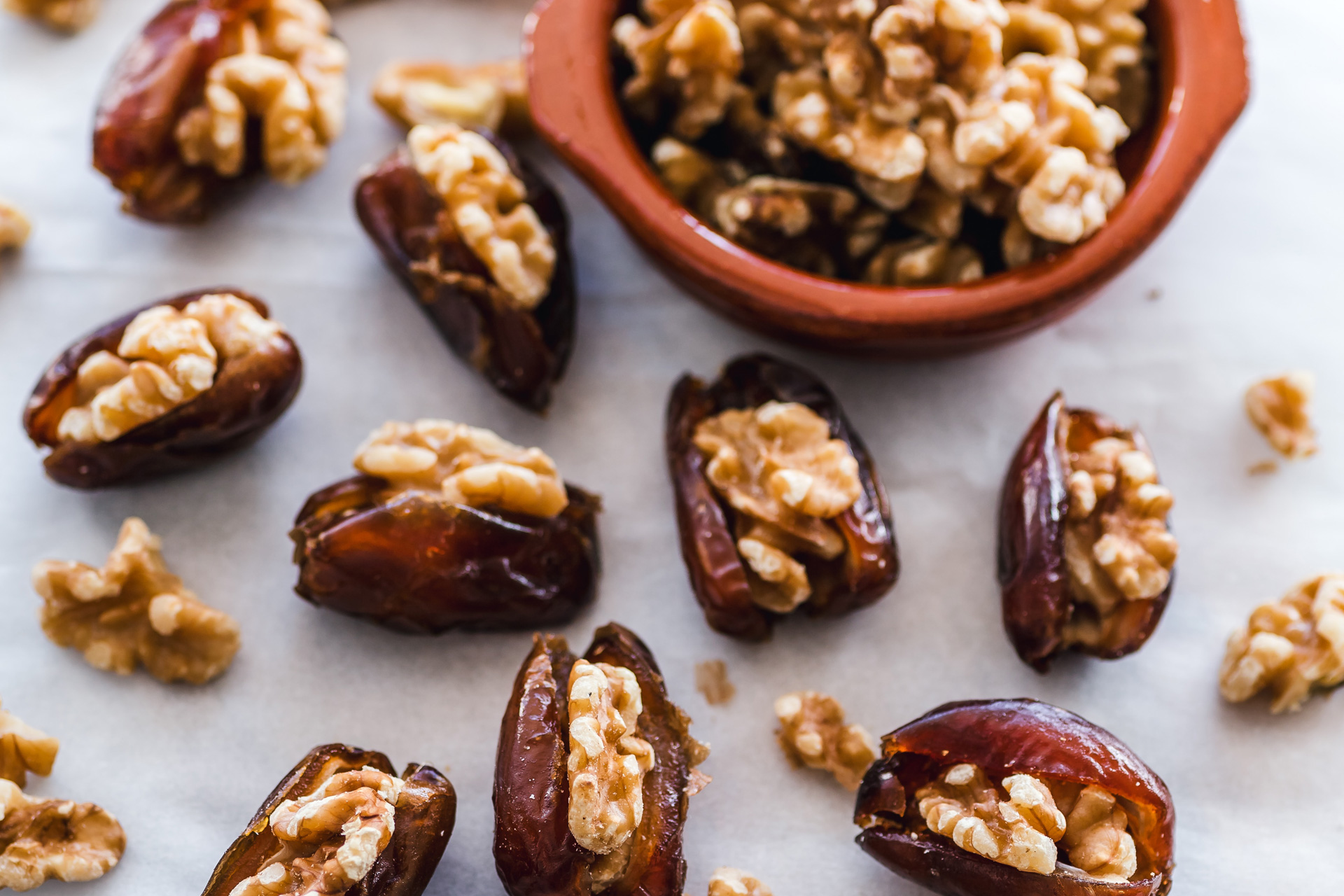
Ideas for non-UPF snacks?
- Fresh fruit kebabs with a plain yoghurt with optional swirl of cashew butter
- Vegetable sticks with dips such as homemade hummus
- Nuts and seeds (unsalted and unflavoured) with dried fruit
- Plain yoghurt with fresh or frozen berries and a little honey or homemade granola
- Medjool date stuffed with peanut butter and dark chocolate
- Whole grain crackers with hummus and sundried tomatoes
- Hard-boiled eggs, sliced on oat cakes with cucumber
- Plain popcorn
- Apple and a little cheese
- Homemade snack bar based on oats, dried fruit and nuts
How can we create healthy, sustainable dietary habits?
- Prioritise whole foods: Focus on minimally processed foods like fruits, vegetables, whole grains, and lean proteins. Make sure your diet is 80 percent whole foods, leaving the other 20 percent for ‘soul foods’.
- Mindful eating: Pay attention to hunger and fullness cues to avoid overeating or leaving it too long before you next eat.
- Balanced meals: Ensure meals contain a balance of macronutrients (carbohydrates with fibre, proteins, and fats) and micronutrients.
- Cooking skills: Develop basic cooking skills to make preparing healthy meals easier.
- Sustainable choices: Opt for locally sourced, seasonal produce to reduce environmental impact and enhance nutrient intake.




